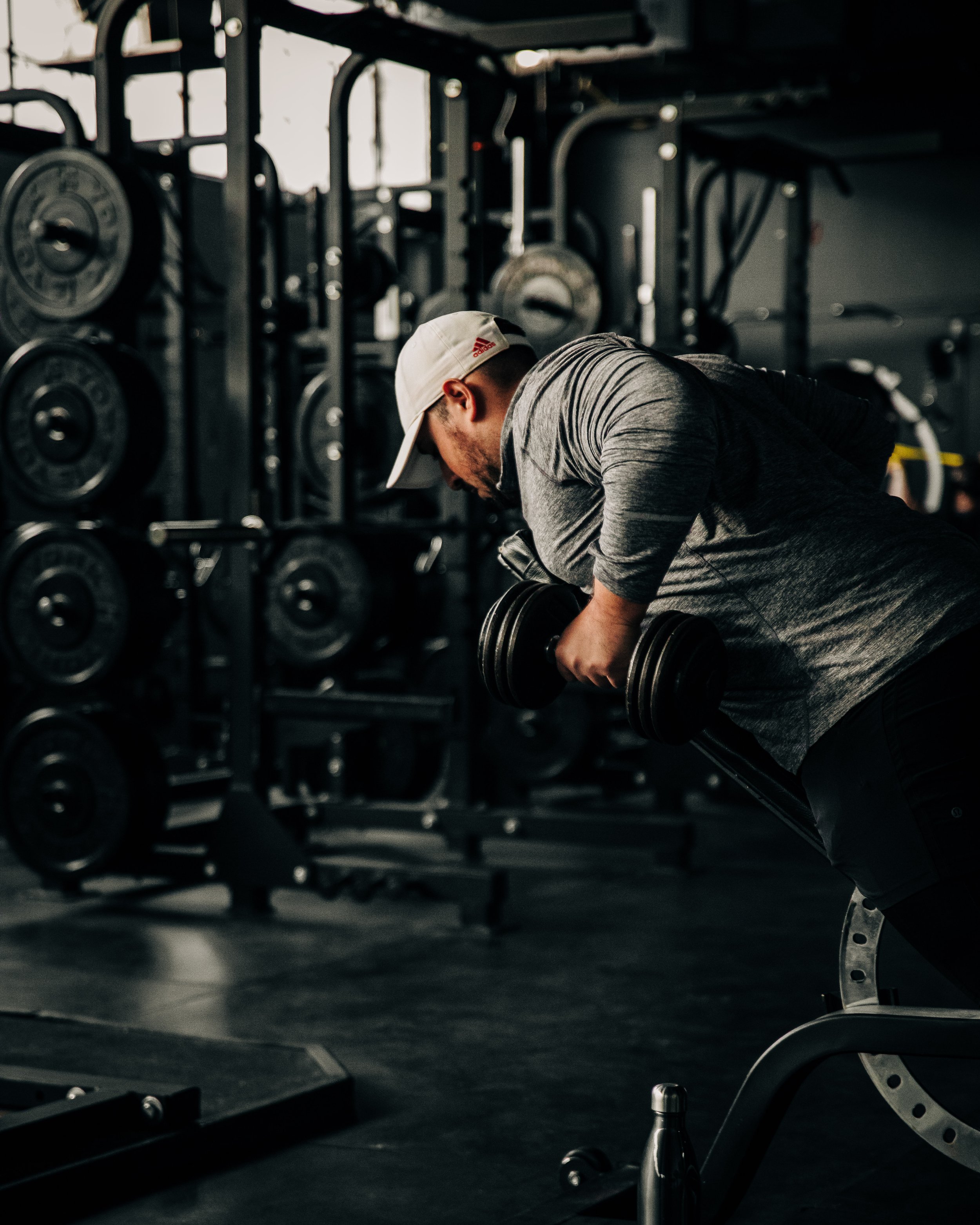How Many Exercises Per Workout?
I find this question comes up with the beginner exerciser who has trained for a 3-6 months and is now starting to see gains in their strength / physique. They are able to complete a 45-60 minute workout without dying and now it’s time to step in up... or at least this is what they feel is best.
When it comes to selecting the number of exercises in a workout you first must figure out which exercises will take the most out of you both physically and mentally. There a million variations of movement patterns to select from but your big compound movements, the squat, bench and deadlift are where most people should start. I would also add overhead press and chin-up in there as well. These exercises yield tremendous results but also tax you greatly especially when you start to increase your weights. To make it simple, the big exercises work but beat the shit out of you. It takes a lot more to recover from a heavy barbell squat then it does a leg extension. And with that said, you may not have the energy to hit all those other exercises once you finish squatting.
Quality Over Quantity
Let’s assume your training goals are general as in you’re trying to increase your strength, put on some muscle and move/feel better. AKA, you’re not a bodybuilder looking to peak for a show. You’re going to want to prioritize the most important exercises and favour these over the less important ones. In a 45-60 minute workout, you can only do so much so why waste time and energy. As mentioned above, the compound movements will give you the best bang for your buck. Start with these and move towards the more isolated movements as you progress through your workout.
The analogy I give my clients is to think of a workout like a meal. The star of that meal will be your protein. When cooking you’d want to focus on, your steak, fish, or chicken... in this case your squat, bench press, or deadlift. This will take up most of your workout not only in sets or reps but also in rest periods. Since these movements are more complex, it’s important not to rush through them, similar to cooking a great cut of meat.
Next, you want to focus on your main side dish which should complement the main movement but not overshadow it. This is where I like to select variations of the main movements with less sets and more reps. For example, if you decide to squat as your first exercise, you may select a common rep scheme of 5 sets of 5 reps. Your secondary movement could be a romanian deadlift which is an antagonist exercise to your squat. You could cut the total sets down as well since you don’t want your secondary movement to be the star in the workout.
A good place to start is 3 sets of 6-8 reps. Next on the plate is your vegetable or for workout purposes, something single leg or more isolated that the first two movements. Sticking with the lower body theme, I like to select a lunge variation. You can be creative here keeping the intensity low and volume higher than the previous movements. Walking lunges, stationary lunges, reverse lunges are all great exercise choices. For your set and rep scheme, something like 2-3 sets of 10-12 reps would fit nicely.
The best way to end a meal is obviously dessert! And this is where I like to add a finisher or two. A conditioning finisher such as sled drags is a great exercise to top off a workout. You can add a core finisher as well, such as planks, ab rollouts or anything you feel is challenging. The intensity of your finisher is up to what you can tolerate / what type of shape you’re in.
For my clients, I like to do timed challenges such as push the sled there and back as many times as you can in 4 minutes. This way they can modify the rest periods and it’s easy to retest down the road.
Summary
In summary, the theme of “less is more” should be used when selecting the number of exercises in your workout session. Prioritize the most compound movements and spend lots of time. These movements will give you more results for your effort in terms of building strength and feeling better day to day. In a 45-60 minute session, 5 maybe 6 quality movements are suitable for most people. Stick to the fundamentals, spend time getting strong on the compound movements and enjoy the results.

